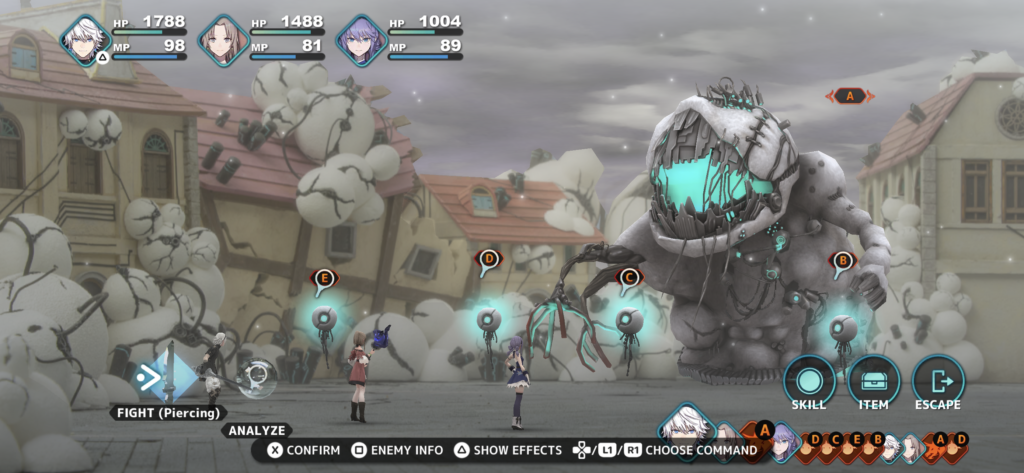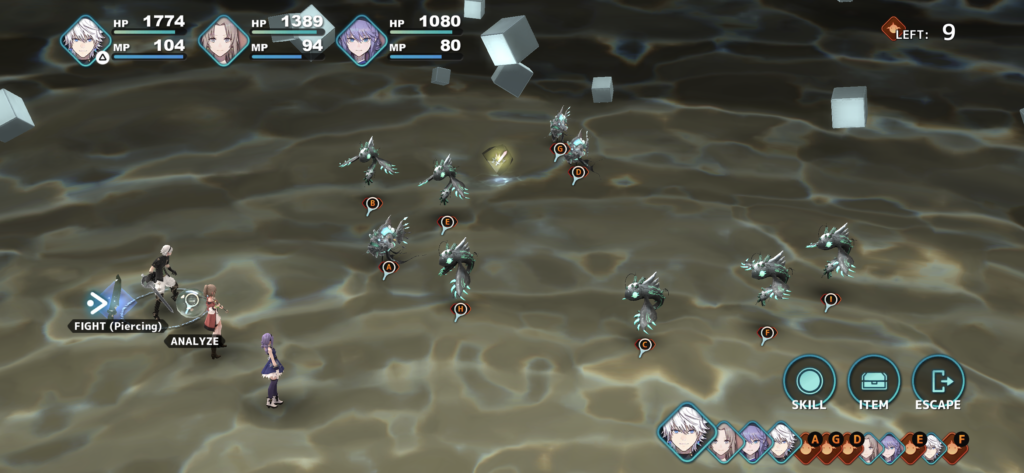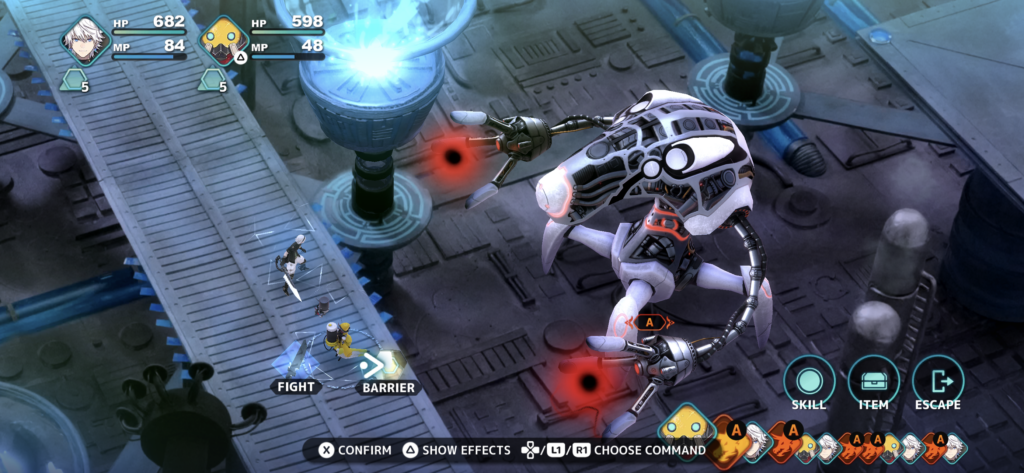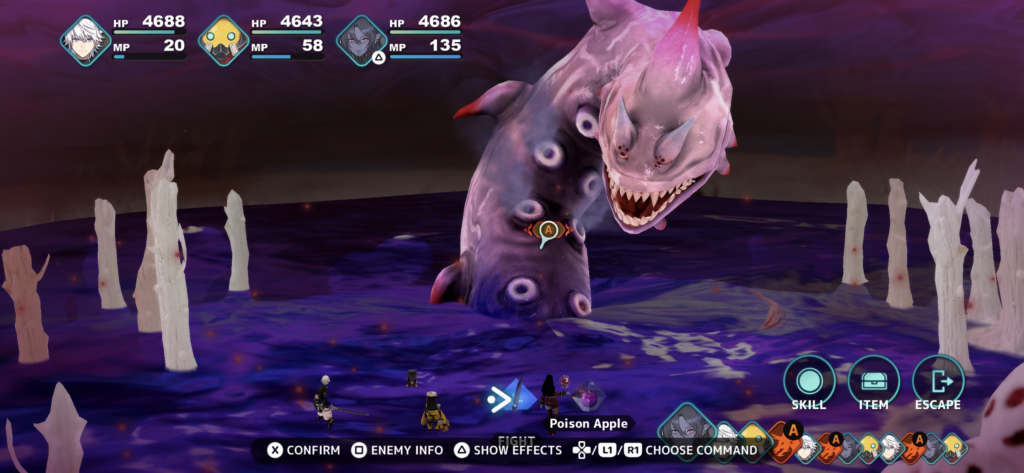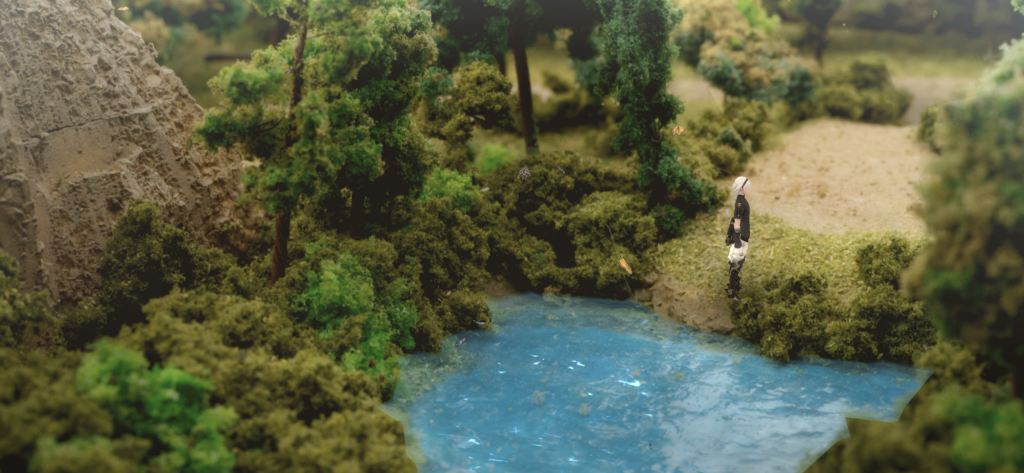More Info from Queen Bee Games
- Genre: Platformer
- Platform: Switch
- Also Available On: Windows (Steam, Humble, GOG)
This is kind of a ramblings about Spinch, but also kind of not. On the one hand, this is the type of platformer I really enjoy. Mechanically it’s simple, but it’s extremely tight. It’s difficult because of design, but easy in execution so it all comes down to skill. On the other hand, it’s also the type of game that I increasingly can’t play. Rapid changes in direction on the analog stick and button presses cause flare ups with carpal tunnel problems that limit my ability to execute those mechanics. It puts me in a weird spot where I can basically enjoy the game up until the point where I can’t, but mostly because my hands refuse to let me.
At its core, Spinch is a simple game. You can run, you can jump, you can wall jump, you can dash. That’s it. It puts a simple rule set in place, then provides you with ways to puzzle out trying to not die. Sometimes the puzzle is simply to time out your movement to fit into a gap of hazards. Sometimes the puzzle is hitting buttons to change the path to get through to the finish. Sometimes the puzzle is simply being good at jumping from platform to platform without falling to your death.
It’s all your standard platformer fare, but it’s done so well. Jumping is the right amount of floaty so it doesn’t feel stiff but is extremely predictable in height and distance. Wall jumps are extremely sticky so you can reliably hit them on small edges but still move up a wall extremely fast. Dashes provide an instant speed boost so there’s not a weird sense of lag when you execute it. Starting and stopping has a bit of acceleration in general movement so you have a bit of a weighty feel to the character, despite its small size. It all just feels very good and rewards the player by putting their skill at the forefront, rather than making the difficulty based on complicating things.
However, the downfall of all that is that the tight mechanics often lead to quick and rapid executions. As an example, the water world above has a pretty constant rapid tap of the jump button to work your way through small areas. An ice world had me doing rapid micro adjustments on the analog stick to throttle my movement to avoid falling spikes on slippery floors. A plant-style world had me doing large wall jump sections, involving both micro adjustments on analog to stick to the wall AND rapid jumping to scale it. In a vacuum, these are all really well executed mechanics. However, as someone with carpal tunnel issues, it leads to an inability to play the game beyond a certain point.
These kind of mechanics cause weird problems for me over time. It starts as general fatigue, which is annoying but fine. My general APM starts slowing down as my ability to quickly move my hands goes down. If I keep ignoring it it starts branching into outright pain – generally pretty localized but obvious. If I’ve gotten to this point without stopping, then I already know I screwed up. If I keep ignoring it past that, I start outright losing feeling in my fingers and then I know the next day will not be fun. At that point it’s not just gaming that becomes problematic – simply spending the next day programming becomes a hassle.
Avoiding these kinds of repetitive motion mechanics is something that I’ve put a lot of thought in because I ultimately want to make games that the widest range of people can play with the best integration of skill. However, some games just can’t do that on their own. Skill-based platformers are one of those. Mario type platformers avoid these problems because they’re often more about the experience or player flow over tight execution. They have some flexibility in safe timing or stretches of minimal changes in inputs. However, games like Spinch? Super Meat Boy? Celeste? They don’t exist if you move them closer to Mario. They simply are as good as they are because they mechanically exist as they do. At this point I don’t know that I have a good path towards a solution here besides the obvious ones – get surgery and solve the problem, use something like an Xbox accessibility controller to get the motion away from my thumbs, or accept it as reality and play these games in small doses to get through that sort of videogame craving that comes up.
So far, I’ve leaned into the last option.
In any case, Spinch is another really tight skill-based platformer that I think is worth checking out, despite my carpal tunnel problems. This one hits that same need for me as Super Meat Boy does. I can jump into these games without thinking, quickly get back into playing shape, and hammer out a few levels before popping it back on the shelf. They exist in that place where they’re good because of simplicity and work because those simple mechanics were polished until they were perfect, leaving a game without fluff.
I just wish my hands were a bit more cooperative…



